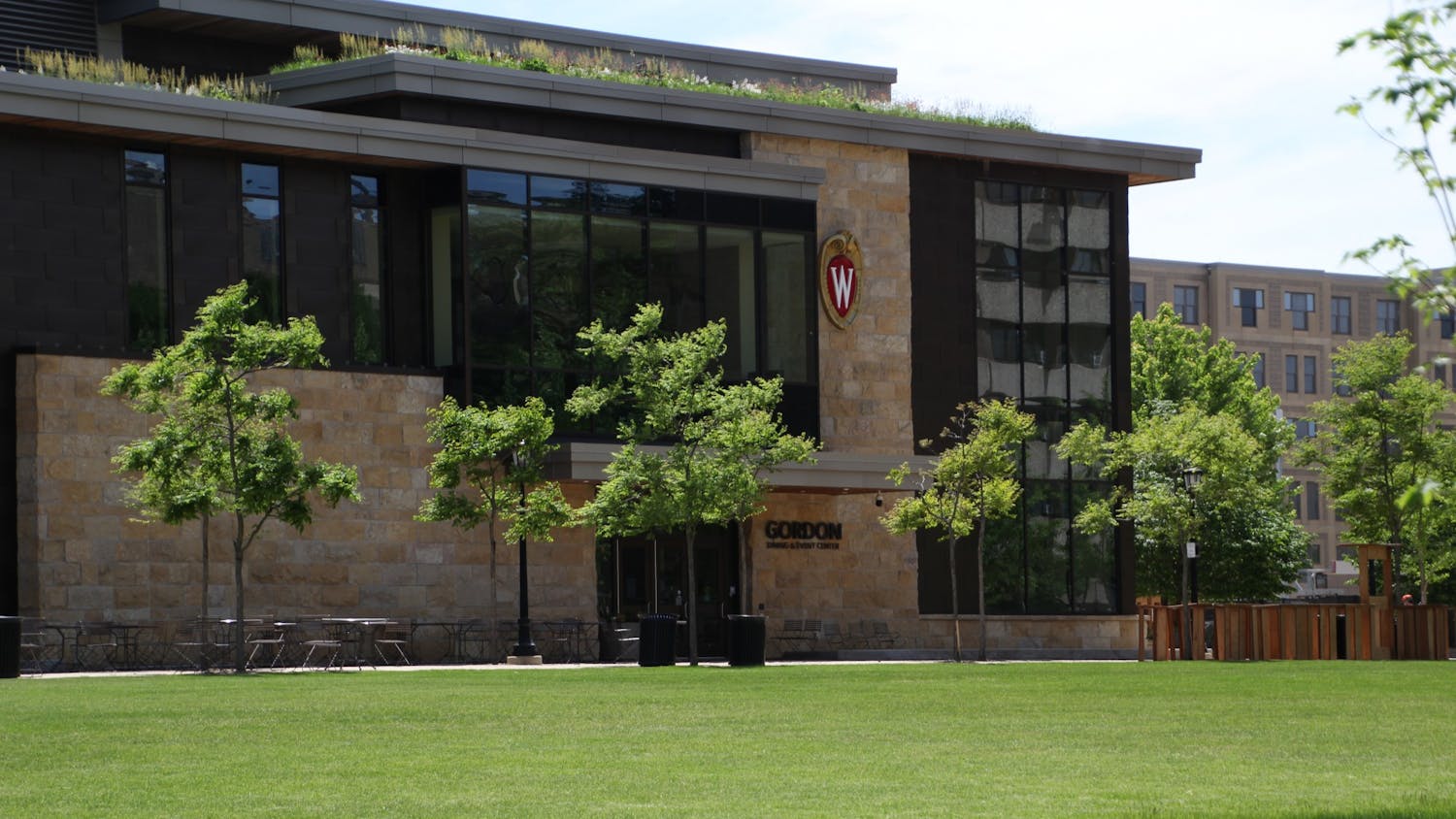SCIENCE
As fall approaches and many birds fly toward warmer weather, the Wisconsin Department of National Resources and UW-Madison have begun research on how climate change may affect the migration of winged creatures.
The 2010 year was one of the warmest since official record-keeping began in the late 19th century, according to a June 2011 report from the National Oceanic and Atmospheric Administration. Scientists around the globe, and in Madison, are studying the ecological effects of fluctuating temperatures, including possible changes in our state's bird populations.
"We're looking at spring arrival dates for the past 20 years, to see how climate change has affected bird migration in Wisconsin," explains recent UW-Madison graduate and DNR intern Gavin Jones.
Using data collected from the civilian science program, Project FeederWatch, long-term trends in the populations of different species around the state can be gauged. Importantly, FeederWatch data tell where birds are as well as where they are not. This crucial information enables scientists to piece together the most accurate population maps.
One hypothesis is that if spring temperatures are rising, birds will arrive in Wisconsin sooner. "There is also variation between short and long distance migrants. Shorter distance migrants might be able to sense changing temperature patterns in Wisconsin better than birds flying in all the way from Latin America," Jones said. Other hypotheses require looking at how bird populations have responded across geographical regions with varying temperature changes.
"The first stage is to review what's been researched already, familiarizing myself with the field and learning the language. Then I worked to develop a hypothesis and project direction," explained Jones. "The freedom in designing experiments is daunting; there's a lot you need to think about beforehand to create a good project that will yield relevant information."
Jones, who graduated from UW-Madison last May with a B.S. in Zoology and Biological Aspects of Conservation, is designing this project as part of his three-and-a-half month internship with the DNR Fish and Wildlife Service.





